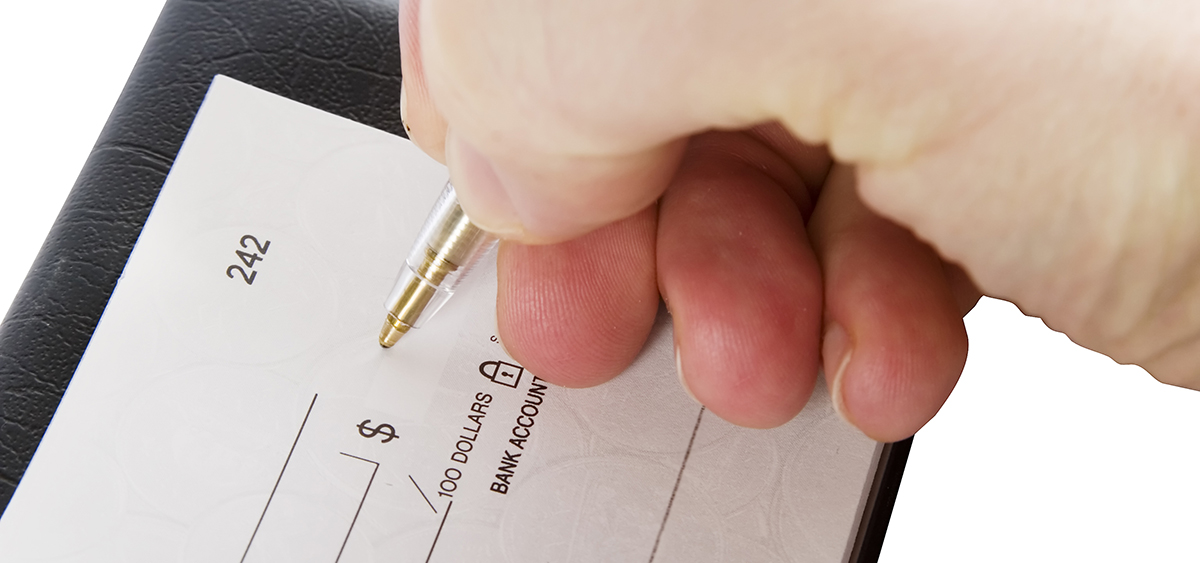If you win your case in Small Claims Court, you won’t receive a cheque with the judgment. The other party usually has 30 days to pay the amount of money awarded in the judgment. If they don’t pay, you will have to take certain steps to collect it.

Asking the other party to pay you voluntarily
If you win your case, the party who is ordered to pay may voluntarily agree to pay. You could ask them to mail you a certified cheque or a send you a fund transfer by email.
If the other party agrees to pay you the full amount but can’t do so in a single payment, you could reach an agreement to be paid in installments. But you should make sure that you have proof of this arrangement by signing a written agreement.
Find out more: Voluntary execution of a judgment (Justice Québec).
Seizing wages
If you’ve won your case, but the person refuses to pay, one option is to have part of their salary seized to get your money. The funds seized will then be paid to the court office, who will send you cheques until the debt is paid in full.
You can hire a bailiff to take the necessary steps for this. You could also do this yourself by completing and following the instructions on a form entitled “Small claims notice of execution” available on the Justice Québec website.
Find out more: Forced execution of a judgment (Justice Québec).
Hiring a bailiff
If the other party doesn’t pay you voluntarily, you could hire a bailiff to enforce the judgment and collect your money. A bailiff is a legal professional who can seize the property, money or wages of a person who refuses to pay, despite being ordered to do so by a court judgment. To find a bailiff in your area, consult the on-line directory: Bottin huissiers de justice (online directory of bailiffs – in French only).
A bailiff’s services aren’t free. When a bailiff seizes a debtor’s money or property, that money or property will first be used to pay the bailiff’s fees. But if the bailiff discovers that there’s nothing to seize, you’ll have to pay the bailiff’s fees out of your own pocket. Those fees would then be added to the debt of the person who owes you money. You could try to claim the bailiff’s fees later when your debtor has more money or property.
Find out more: Forced execution of a judgment (Justice Québec).
Seizing money, property or wages
A bailiff can carry out different types of seizures to enforce a judgment. For example, the bailiff could seize a car or a bank account.
If you decide to hire a bailiff, they will complete the necessary court documents. You can ask the bailiff about the procedures to be followed and about the type of seizure that’s most likely to succeed, taking into account your situation and that of the debtor.
Some property can’t be seized
In some situations, a debtor can challenge a seizure because some property is exempt from seizure. These include:
- furniture in the debtor’s principal residence that are needed and used by the family, up to a value of $7,000
- food, fuel and clothing
- work instruments
- support payments for minor children
- indemnities paid in relation to illness or accident
- a portion of the debtor’s salary
- social assistance benefits, Employment Insurance benefits and Old Age Security benefits;
- some child benefits
Find out more: Opposition to seizure following a decision at the Small Claims division (Justice Québec).
Locating your debtor’s assets
You can question the debtor to obtain information that may help you collect your money. This procedure is called a “post-judgment examination”. Among other things, you can ask about their employer, their property and the financial institutions they deal with. This information could be useful if you need to carry out a seizure. If you wish to conduct a post-judgment examination, check with the Small Claims Division court office on how to proceed.
You could also use a tracing agency to provide you with a report showing the property the person owns, where they work and the names of the financial institutions they deal with.
Ten years to enforce a judgment
You usually have 10 years to enforce your judgment. After that, you lose the right to collect the debt. However, every time you exercise your right to enforce a judgment, the 10-year time limit starts over. So, if a seizure doesn’t work right now, but later on the debtor’s financial situation improves, you could try again later.





